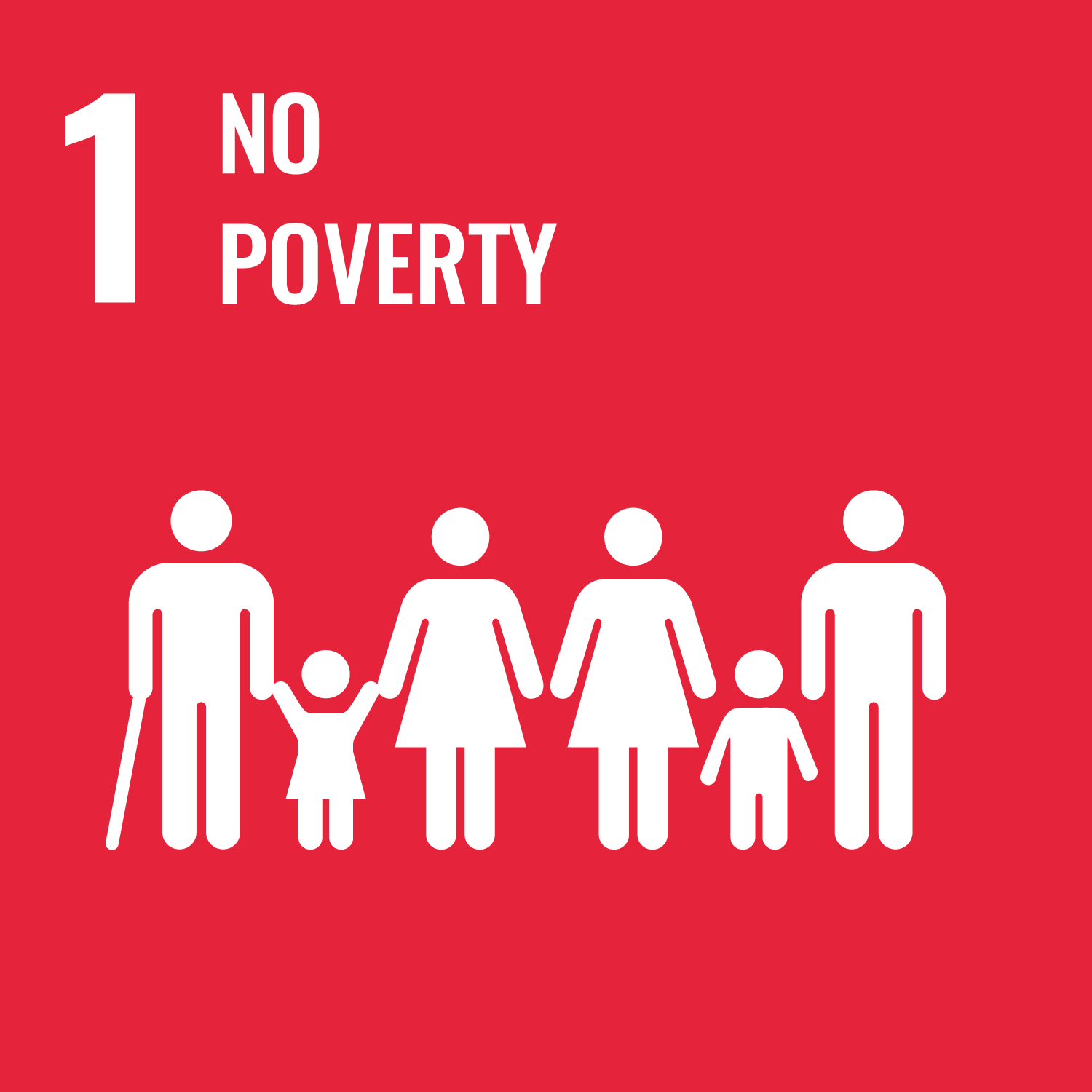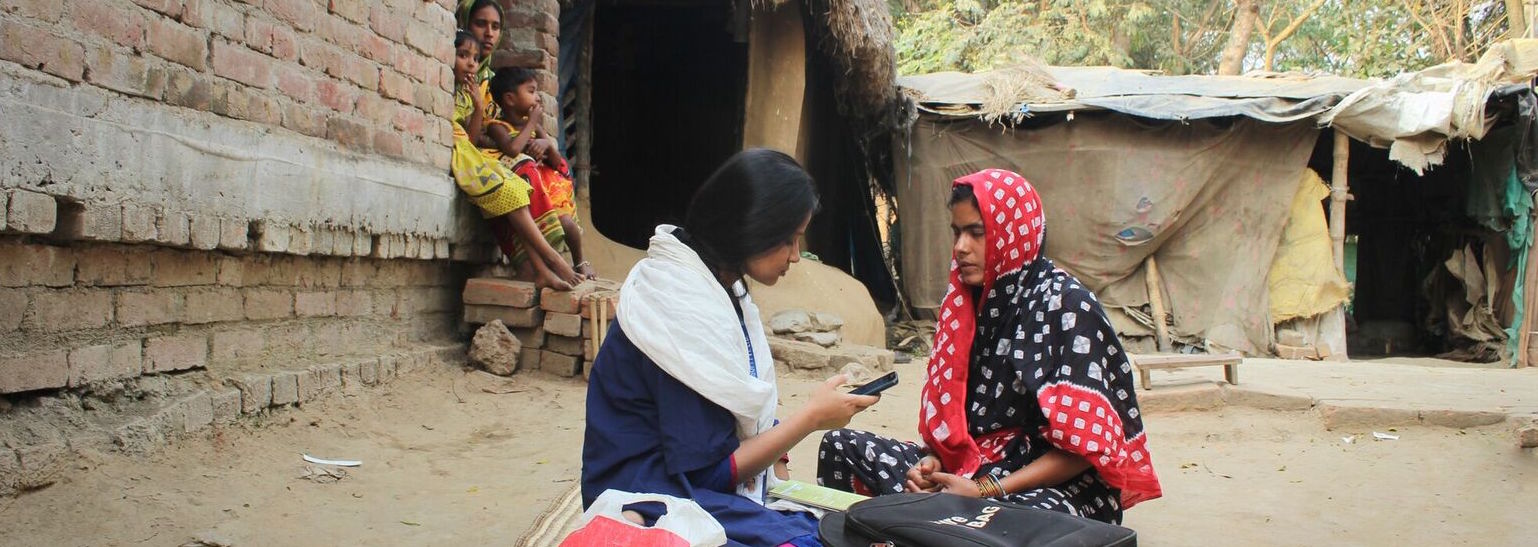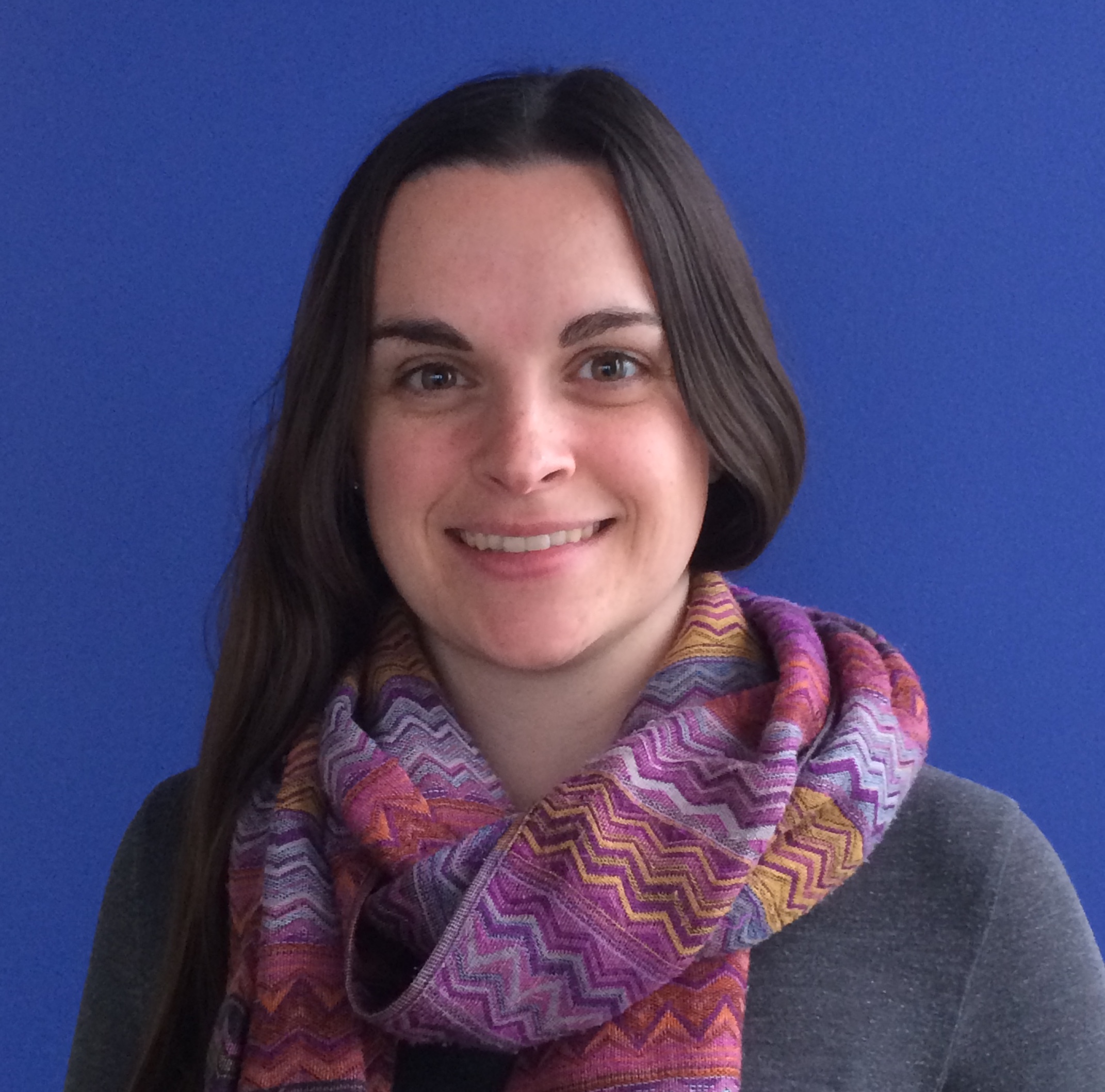
The Sustainable Development Goals are 17 interconnected goals put forward by the UN as a global challenge to be achieved by 2030. They outline a shared vision to end poverty, rescue the planet and build a peaceful world. With only 10 years remaining to reach these targets, the Secretary-General has declared this the Decade of Action and urged all sectors of society to unite behind the SDGs to ensure a cohesive plan moving forward. Through our mission and activities, TEL is working closely to achieve these goals with a constant eye to 2030 and beyond. Here are a few highlights of how TEL is working daily towards the SDGs.
At the core of TEL’s mission is the reduction of poverty on a community level, therefore SDG 1: End Poverty, is most directly addressed by our activities. As our mission states, we believe and have seen that the adoption of high-impact innovations can alleviate poverty and its malignant effects. This insight is fundamental to all of our activities and programs.
Beyond SDG 1, our core activities are solely possible by connecting with valuable partners around the world, both as solution providers and project clients, therefore we are inherently working towards SDG 17: Partnerships for the goals in everything we do. Furthermore, TEL is working closely with an array of players to achieve other goals set out in the UN framework. The TEL Database, at the heart of our activities, lists numerous solutions and organizations that strive to meet the more specific challenges of SDG 3: Good Health; SDG 4: Quality Education; SDG: 6 Clear Water and Sanitation; SDG 7: Affordable and Clean Energy; and SDG 13: Climate Action.
The solutions listed are both high and low tech and can come from anyone around the world, providing a level playing field where innovation can thrive. This commitment to showcasing technology innovation from any source is a key step in our work towards SDG 9: Industry, Innovation, and Infrastructure as we believe innovation is not only possible in low resource settings but is a daily necessity for many people. In order for a solution to be included in the TEL Database, it must meet certain criteria, including a commitment to sustainability and a fundamental positive outcome for the end-user and their community. These conditions closely align with SDG 11: Sustainable Cities and Communities and SDG 12: Responsible Construction and Production.
The above SDGs and others are targets of a number of our on-the-ground projects through the Project Accelerator and Farthest Reach consulting programs. For example, our project with ESSMART Global in India that provides support to female entrepreneurs/retailers through targeted and practical business training for selling sustainable energy products is directly linked to SDG 5: Gender Equality and SDG 8: Good Jobs and Economic Growth, while also achieving SDG 7 through the choice of solar lanterns as a product to distribute. This highlights how fundamentally interconnected the SDGs truly are and how one project can encompass multiple goals through careful forethought and planning.
The unifying ideology set forth by the initial goals and reiterated by the Secretary-General in recent months is central to the founding principles of TEL. By providing a platform and services that bridge the gap between solution seekers and solution providers, TEL is fundamentally linking players and ideas to alleviate poverty together. We welcome this fresh call to join forces for an ambitious decade ahead and are always searching for innovative partnership opportunities as we work towards 2030.

